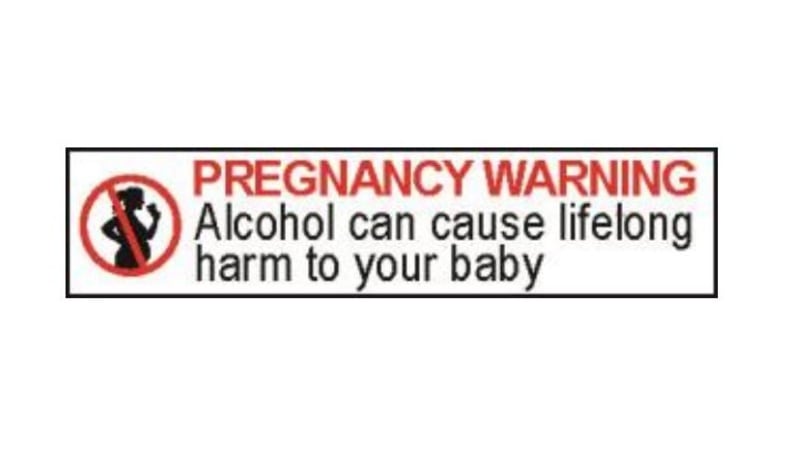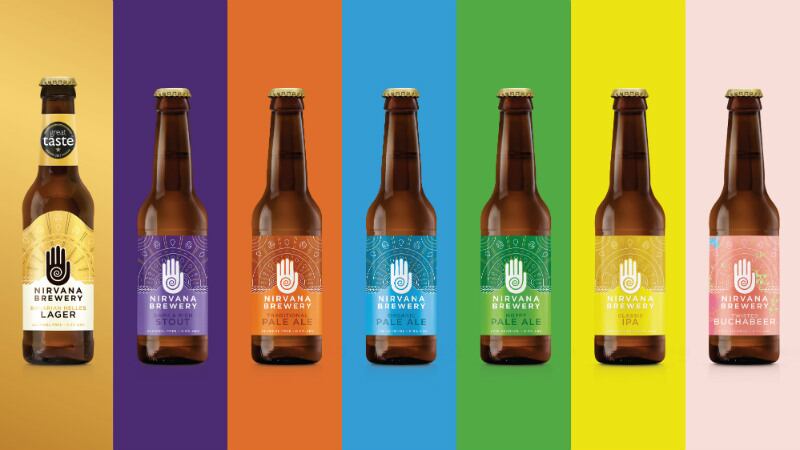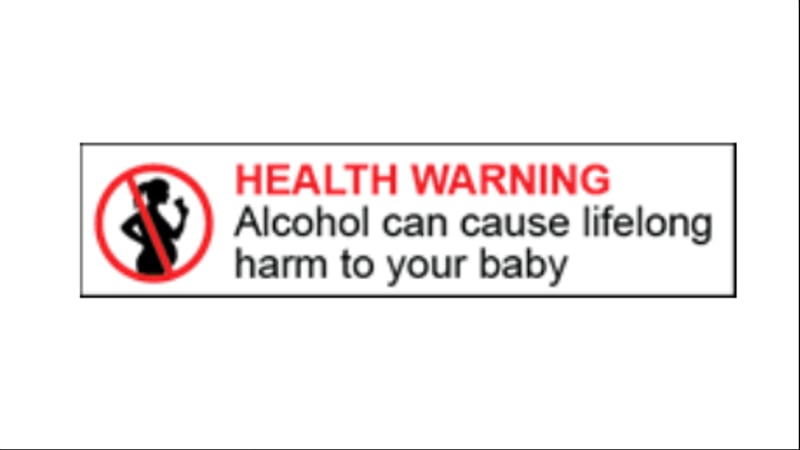Discussions surrounding a pregnancy warning label for alcoholic beverages in Australia and New Zealand have been in progress since 2019, with the label’s text having undergone several changes along the way.
FSANZ released its latest report on the matter last month, after the Ministerial Forum responsible for food regulation requested a review on the labelling text and cost burdens associated with using colour in the labels.
Two major changes were made: First, the signal words in the label text have been changed from HEALTH WARNING to PREGNANCY WARNING; and second, the transition period for implementation of the pregnancy warning label was extended from two to three years.
“FSANZ made this amendment [because] while there is no published evidence on the use of PREGNANCY WARNING, those signal words target a specific group at whom the warning label message is ultimately directed,” said the agency.
“While PREGNANCY WARNING may not provide information to the broader community to the same extent as HEALTH WARNING, the label as a whole will still contribute to raising awareness of the risks of drinking alcohol during pregnancy and prompt discussion of these risks within the community.”
This change was lauded by the alcohol industry in the region – according to Alcoholic Beverages Australia (ABA) CEO Andrew Wilsmore, this is a ‘sensible’ move.
“The replacement of ‘Health Warning’ with ‘Pregnancy Warning’ is sensible and more closely aligns to the Food Forum regulatory goal,” he told FoodNavigator-Asia.
“It is also more strongly supported by Australians with consumer research showing that more than 70% of women consider the signal words “Pregnancy Warning” (72.2%) more effective than “Health Warning” (24.5%).”
As for the extended transition period, Wilsmore added that this was a boon for the industry as it is still recovering from the impacts suffered from COVID-19 lockdowns.
“The current climate with COVID-19 impacts has exacerbated the burden on industry. In this environment, it was a sensible decision and also reflects the real challenge of making regulatory label changes,” he said.
In addition, the additional time given is much-needed as ‘making regulatory-induced changes to labels are not easy’.
“It is more than a simple colour and printing plate changes for the label, but encompasses redesigning packaging, legal compliance advice, graphic design in making a label change, and changes in brand collateral,” said Wilsmore.
Colour vs Contrast
However, in its latest review FSANZ did not budge on its stand that these warning labels must carry colour, despite the costs involved, incurring the ire of industry once again.
“FSANZ recognises the cost impact upon industry but assesses that this is not unreasonable because [these costs] in particular to include the colour red [is in accordance] with the range of total label cost estimates per product set out [by industry and printing companies] previously (A$0 to A$29,000/US$20,209),” said FSANZ.
“While there is a wide range in the cost of implementing colour requirements across the sector, the incremental cost of applying the colour red to a black and white warning label is in general likely to be small, at around 10% of total label change costs overall.
“The best available scientific evidence supports prescribing colours [for] label efficacy, [and] shows that mandating red colour is the only way to maintain consistency in consumer understanding of the label as red is consistently rated as the colour with the greatest hazard connotation, [so] removing red would [undermine] the label’s effectiveness to reduce Fetal Alcohol Spectrum Disorders (FASD).”
“Additionally, if red was removed from the design, a significantly larger warning label than currently proposed would be required to maintain noticeability.”
Despite this, the ABA is still very much opposed to the costs involved, disputing the scientific claims made by FSANZ.
“Mandating colours, instead of the existing contrast requirements established under the Food Code, would impose the biggest cost on consumers, without any scientific basis, for no measurable benefit,” said Wilsmore.
“This would cost consumers an extra A$400m (US$278.7m), with ongoing high costs due to the more expensive label printing costs. At our industry’s average yearly earnings, this regulatory burden would be the equivalent of close to 6,500 jobs that could otherwise have been created.
“It is disappointing it has taken so long to get to this point. [Despite] the clear direction given by Food Forum Ministers to ditch the colour version, the bureaucrats just can’t let go of their pet design. It is extremely concerning that [they] have totally ignored Ministers’ direction and submissions made which outlined where their proposal incurred substantial and ongoing costs.”
The alcohol industry is now placing its hopes to reverse this requirement in the Forum Ministers, who have been given until August 24 to consider FSANZ's review report and decide whether to accept, amend or reject the amendments before these go into the Food Code.
“With significant flaws exposed in the Cost-Benefit analysis, we remain hopeful that Ministers will consider amending the proposal so that it is consistent with the Food Code requirements of contrast and legibility – and will be cost-effective to implement,” said Wilsmore.
“Beer, wine and spirit producers accept there is a problem with FASD in Australia, which is why we are supportive of taking our existing voluntary initiative and finding a proportionate mandatory solution that will help raise awareness.”





